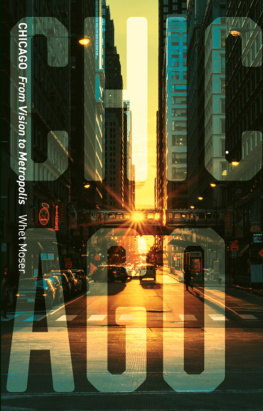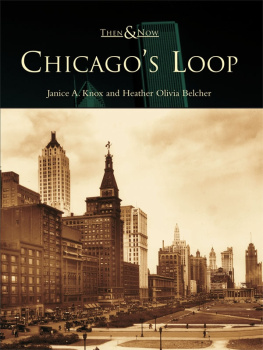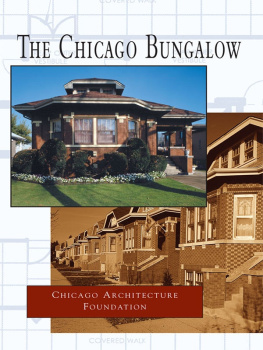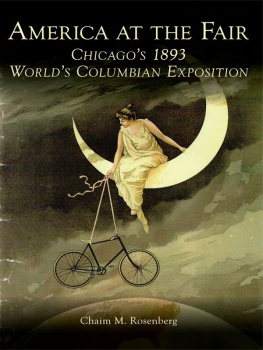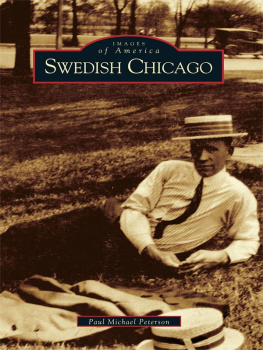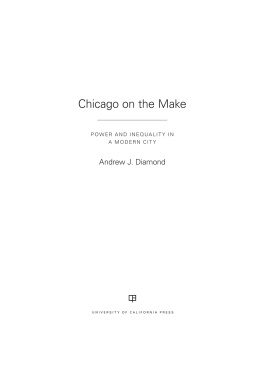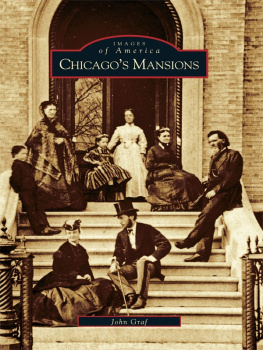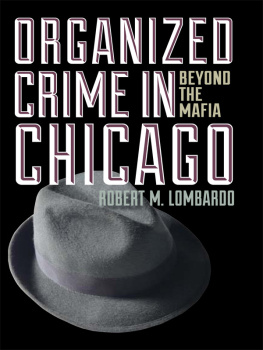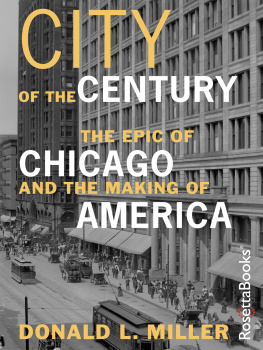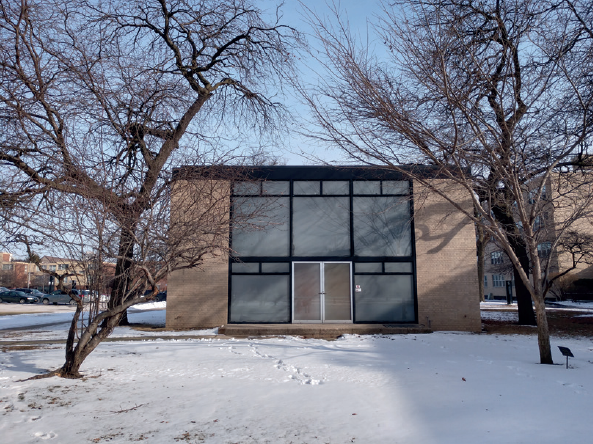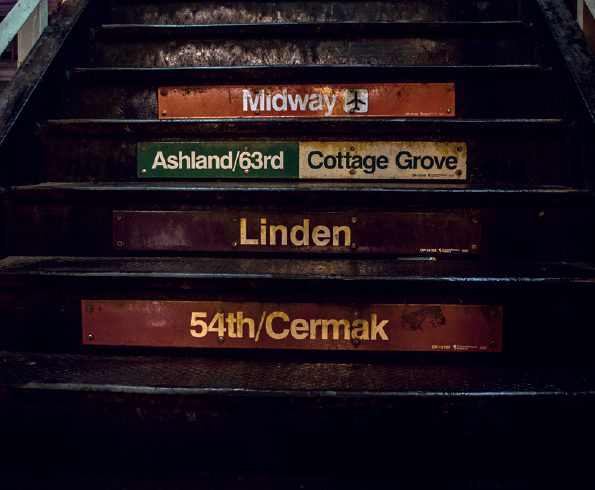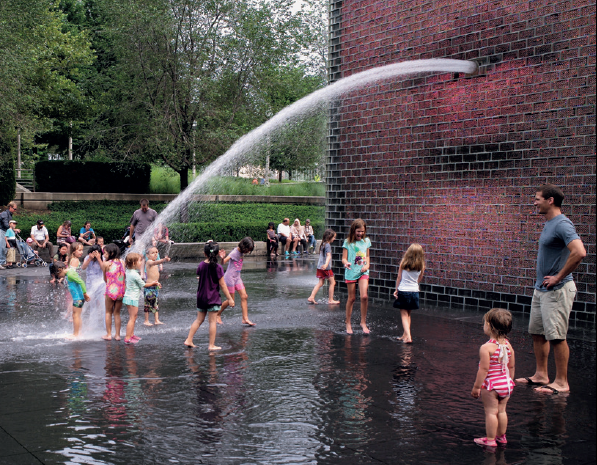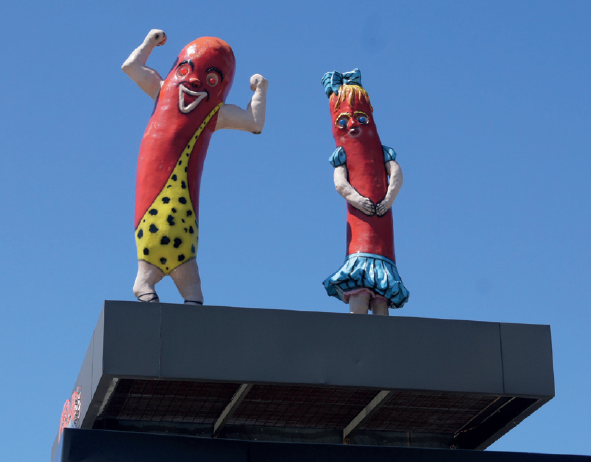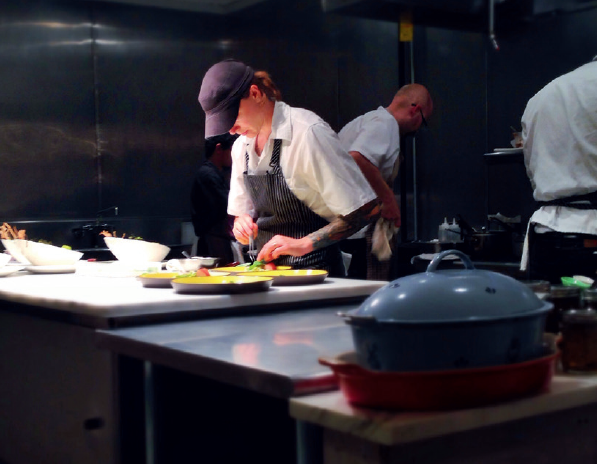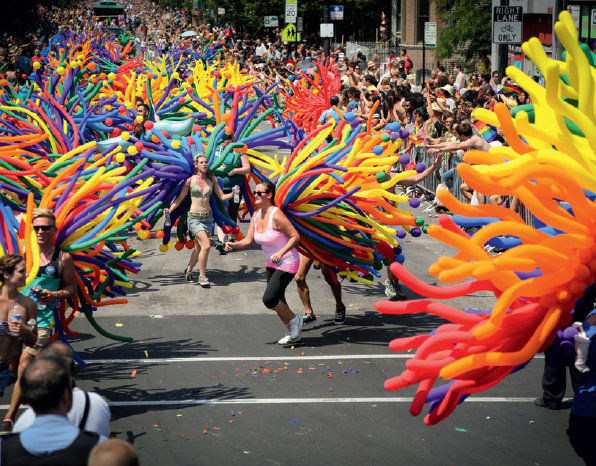Whet Moser - Chicago: From Vision to Metropolis
Here you can read online Whet Moser - Chicago: From Vision to Metropolis full text of the book (entire story) in english for free. Download pdf and epub, get meaning, cover and reviews about this ebook. year: 2019, publisher: Reaktion Books, genre: Science. Description of the work, (preface) as well as reviews are available. Best literature library LitArk.com created for fans of good reading and offers a wide selection of genres:
Romance novel
Science fiction
Adventure
Detective
Science
History
Home and family
Prose
Art
Politics
Computer
Non-fiction
Religion
Business
Children
Humor
Choose a favorite category and find really read worthwhile books. Enjoy immersion in the world of imagination, feel the emotions of the characters or learn something new for yourself, make an fascinating discovery.
- Book:Chicago: From Vision to Metropolis
- Author:
- Publisher:Reaktion Books
- Genre:
- Year:2019
- Rating:3 / 5
- Favourites:Add to favourites
- Your mark:
Chicago: From Vision to Metropolis: summary, description and annotation
We offer to read an annotation, description, summary or preface (depends on what the author of the book "Chicago: From Vision to Metropolis" wrote himself). If you haven't found the necessary information about the book — write in the comments, we will try to find it.
Chicago has been called the most American of cities and the great American city. Not the biggest or the most powerful, nor the richest, prettiest, or best, but the most American. How did it become that? And what does it even mean? At its heart, Chicago is Americas great hub. And in this book, Chicago magazine editor and longtime Chicagoan Whet Moser draws on Chicagos social, urban, cultural, and often scandalous history to reveal how the city of stinky onions grew into the great American metropolis it is today.
Chicago began as a trading post, which grew into a market for goods from the west, sprouting the still-largest rail hub in America. As people began to trade virtual representations of those goodsfuturesthe city became a hub of finance and law. And as academics studied the citys growth and its economy, it became a hub of intellect, where the University of Chicagos pioneering sociologists shaped how cities at home and abroad understood themselves. Looking inward, Moser explores how Chicago thinks of itself, too, tracing the development of and current changes in its neighborhoods. From Boystown to Chinatown, Edgewater to Englewood, the Ukrainian Village to Little Village, Chicago is famous for themand infamous for the segregation between them.
With insight sure to enlighten both residents and anyone lucky enough to visit the City of Big Shoulders, Moser offers an informed locals perspective on everything from Chicagos enduring paradoxes to tips on its most interesting sights and best eats. An affectionate, beautifully illustrated urban portrait, his book takes us from the very beginnings of Chicago as an ideaa vision in the minds of the regions first explorersto the global city it has become.
Whet Moser: author's other books
Who wrote Chicago: From Vision to Metropolis? Find out the surname, the name of the author of the book and a list of all author's works by series.

